Picking the Flowers
Choosing flowering trees, shrubs and vines involves more than just finding plants that are pretty while they’re in bloom. There are a lot of other considerations. I’ve made a list of the things that roll through my mind. Perhaps you’ll find them useful.
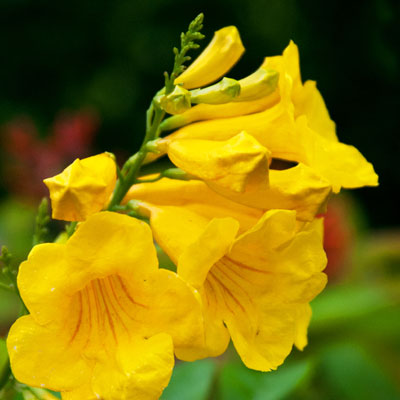
Photo: Gold Star Esperanza is hardy shrub in South Texas, tender perennial or annual farther north.
• Where do I live? More specifically, what is the USDA Plant Hardiness Zone for my part of my county? We proved it again this January and early February – it’s best to use the old 1990 map. The 2012 map moved Zones too far to the north. Will that plant survive in winters in my part of Texas?
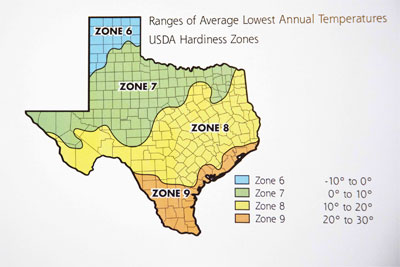
1990 USDA Zone Hardiness Map
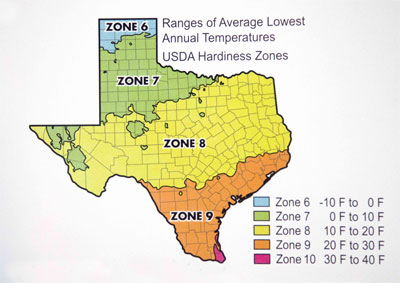
2012 USDA Zone Hardiness Map
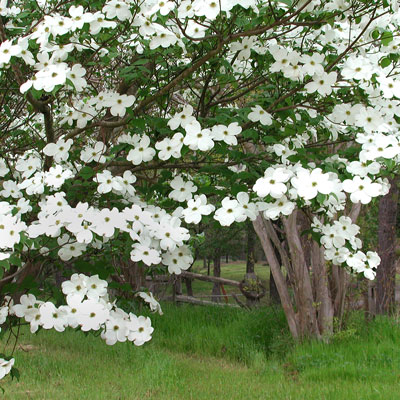
Photo: Dogwood tree is attractive accent for smaller landscapes.
• What size of plant (mature size) am I looking for? I don’t want to have to prune it and shape it time after time? Plants wear out if they’re cut back repeatedly. How much room do I have for it?
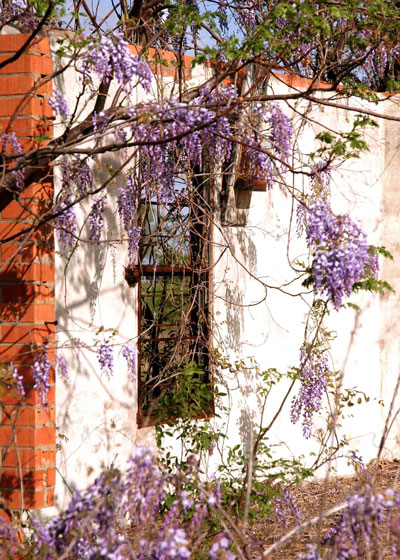
Photo: Wisteria rambles to fill all space available to it. This old vine has long ago outlived the home it originally adorned.
• Does it need full sun, full shade or something in between? Do I have that kind of setting? And be sure you’re reading information written for your part of America. Nursery tags tend to be written for the Midwest and East Coast, not for sunny old Texas.
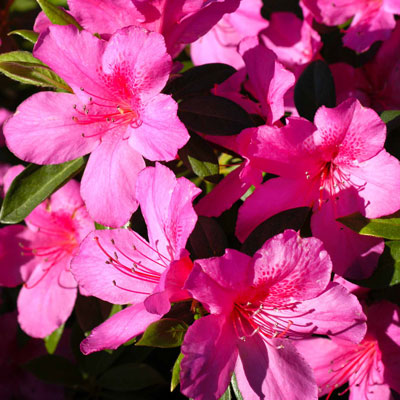
Photo: Azaleas are best suited to acidic soils of East Texas, but they can be grown along I-35 if alkaline soils are replaced with an acidic peat/bark mixture.
• Will it grow in my soil? Or perhaps, might I have to do extensive bed preparation if it’s to survive? (This is why you shop at an independent retail garden center, so you can ask a veteran nursery person.)
• Does it have any serious insect or disease problems? Are they things that are difficult to eliminate? There’s no point in planting a tree or shrub with known issues. Go for the easy ones.
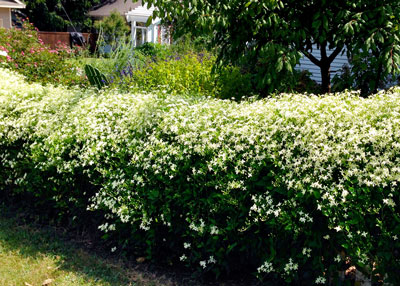
Photo: Blooming, as its name suggests, in early fall, sweet autumn clematis is a delightful vine in moist soil and partial shade.
• When does it bloom, and is it compatible with other plants in our gardens? You’d think that all flowers would work in harmony with all of the rest, but that’s simply not the case. See how they look in other people’s landscapes before you commit on your own.
• What colors are its flowers? Will those work for me? Are other colors available? Do the leaves have any special colors at particular seasons?
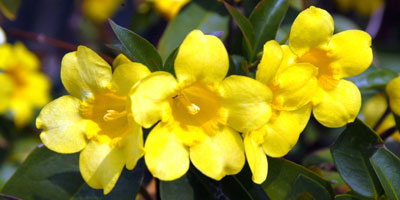
Photo: Carolina jessamine blooms fill the air with fragrance in early spring.
• Do the flowers have an aroma? Is it good or bad? If the former, plant it where prevailing winds of its bloom season will blow it toward you, not off the property. If the aroma isn’t so good, use it farther out in your landscape, away from entries and patios.
• How does the plant look when it isn’t in flower? Some plants are almost unsightly when they’re not blooming, and that’s why I decided a long time ago that l will only use the best of the flowering shrubs, trees and vines. I can get annual and perennial color at the other seasons for longer bloom times and without having to put up with a woody plant that is less than handsome the 49 weeks that it isn’t in flower.
